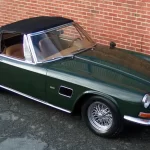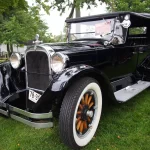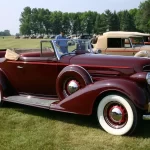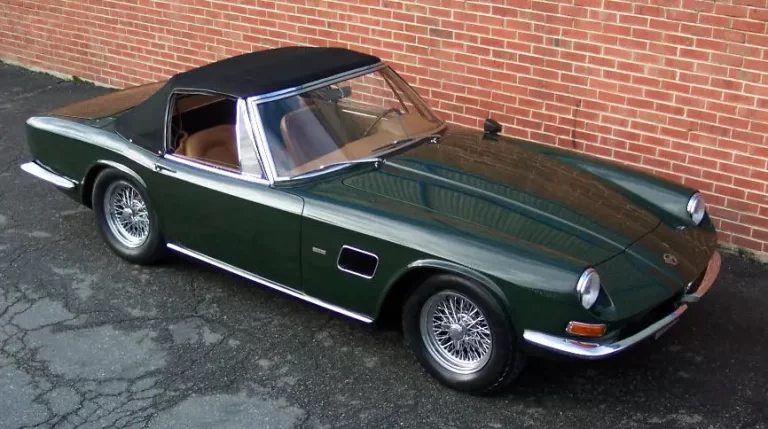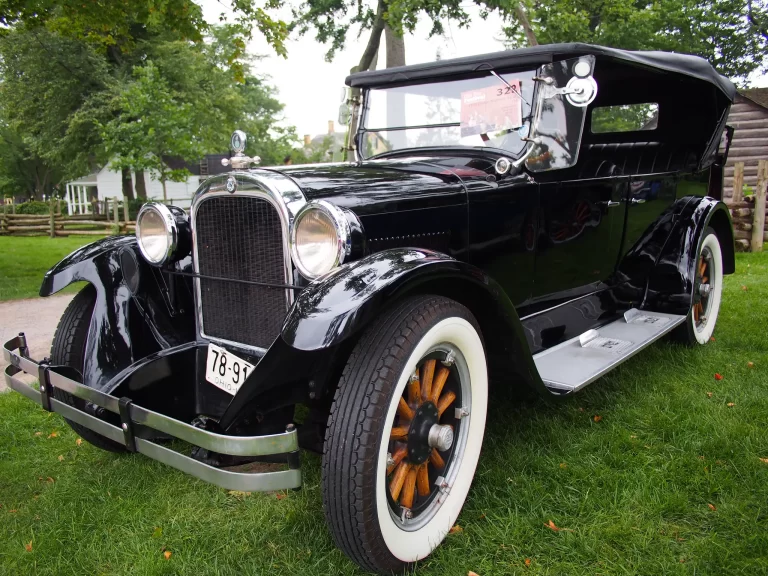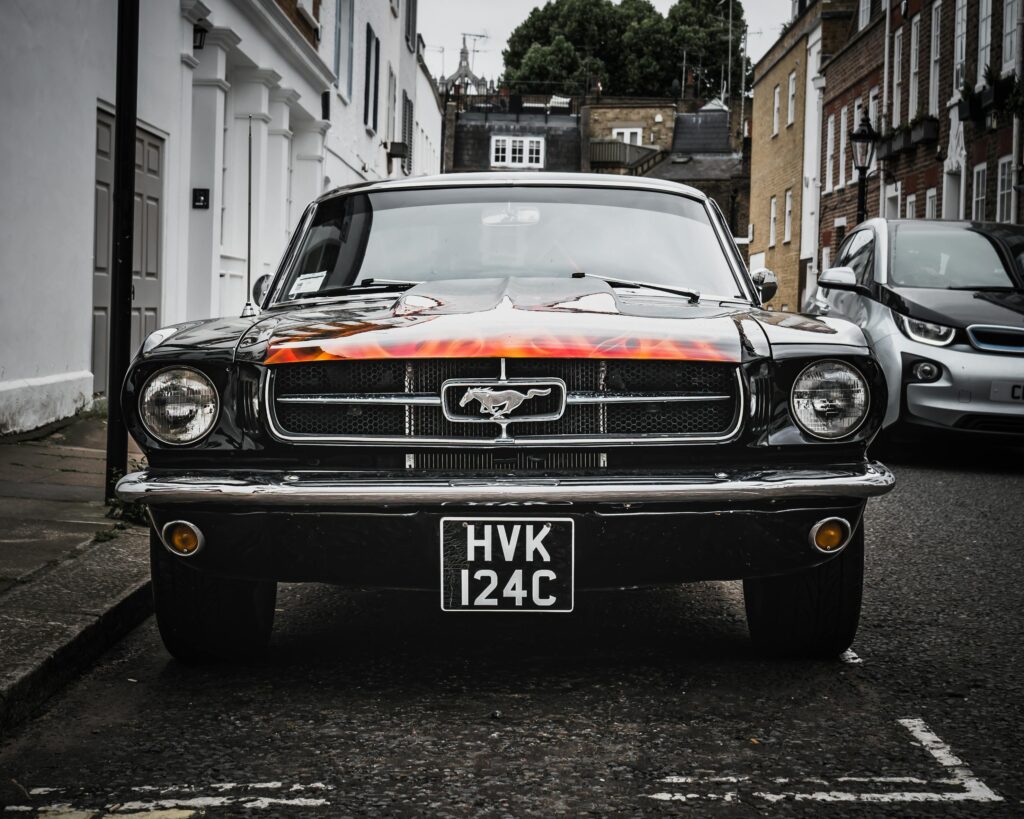
The Ford Mustang, which came out in 1964, started a whole new category of small, sporty ‘pony cars’ and became an instant culture icon. In the early years, Ford made some very rare special edition Mustangs along with the millions that came off the assembly lines.
Collectors and car fans always have an eye out for these limited edition pony cars from the 1960s, like the Shelby GT350s and Boss 429s. Maintaining and restoring these classic Mustangs in the right way, such as dpf cleaning for emissions systems, is important to keep these timeless cars collectable and valuable in the market today.
With some models fetching well over a million dollars, its understandable why these iconic cars have gained global interest and appeal.
1964 1/2 Indy 500 pace car replicas
Ford made a small number of copies for its best-selling dealers across North America to honor the Mustang’s first appearance as the pace car for the 1964 Indianapolis 500. There are only about 190 of these unique Mustang coupes that were made. They are all painted the famous Guardsman Blue color and have a white top.
They had an automatic gearbox and a 260-cubic-inch V8 engine. The Indy 500 logo was placed boldly on the back quarter panels to show their connection to motorsports. Because they were made in such small amounts, the 1964 1/2 Indy 500 Pace Car replicas are among the rarest and most valuable early Mustang models for collectors today.
1965 Shelby GT350
In 1965, Carroll Shelby, a famous driver and tuner, was hired by Ford to help make a high-performance Mustang for road racing. The GT350 was faster than the regular Mustang in many ways. For example, it had an updated K-code 289 cubic inch V8 engine that made 306 horsepower. The cooling, suspension, and brake systems were also improved. The GT350 got aggressive style on the outside, like the huge air scoops that made it look like it came straight from the race track.
The 1965 Shelby GT350 was made in very small numbers—only 562 were made in its first year. Even less common was the GT350R type, which only came in 36 units. These were basically race-ready cars with no extras. Collectors think that the 1965 GT350 is the most desirable and expensive of all the early Shelby Mustang models because it has the best performance history, the most recognizable Shelby looks, and is very hard to find.
1967 Shelby GT500
The 1967 Shelby GT500 was even more impressive than the GT350. It had Ford’s huge 428-cubic-inch Police Interceptor V8 engine, delivering 355 horsepower. With its longer nose and practical scoops for better cooling and air flow. The designers at Shelby gave it a fierce look that went well with the massive big-block engine within it. There were a total of 2,048 1967 GT500 fastbacks made, which makes it less rare than the GT350 – but still a very desirable power car today.
The 1967 GT500 became widely recognized after playing the lead part of ‘Eleanor’ in the 2000 heist movie Gone in 60 Seconds. During the movie’s thrilling chase scenes, a modified silver GT500 with black stripes easily stole the show. This made it practically official that the GT500 was a serious contender for the greatest muscle car ever in pop culture. Its powerful looks and deep V8 rumble became iconic to the culture of car fans.
The 1967 GT500 also had an impact on the music scenes. The car became even more popular when it was used as the cover art for the Judas Priest album ‘Sad Wings of Destiny’ in 1976.
Collectors are especially interested in the very rare Super Snake models, with costs easily soaring beyond $1.2 million. Shelby only made one 1967 GT500 prototype with a 427 race engine based on the GT40 Le Mans which produced over 600 horsepower.
With their brutal power, iconic looks, direct lineage to the Le Mans-winning GT40 program, pop culture fame, and immense collectibility, the big-block 1967 Shelby GT500s remain among the most coveted and valuable American muscle cars ever produced.
1969 Boss 429 Mustang
In 1969, Ford made the Boss 429 V8 to compete with Chrysler’s powerful 426 Hemi engine and meet NASCAR’s homologation rules. The Boss 429 was based on the new 385-series engine family. It had metal semi-hemispherical heads and huge 4.36-inch bores, and its official rating of 375 horsepower was way too low.
Ford’s skilled Kar-Kraft plant had to make a lot of changes to the Mustang in order to fit this huge race-bred engine inside. The shock towers were moved and the suspension parts were rebuilt. In 1969, only 857 of these very rare Boss 429 Mustangs were made.Because it was built for racing and has a lot of power, the Boss 429 is one of the most powerful factory Mustangs ever made.
These carefully put together, limited-production cars have become highly sought-after collectibles of the peak of the muscle car era. Their race-bred specs and extreme scarcity make them very desirable to car fans all over the world.
Iconic for a reason
From the copies of the 1964 Indy 500 Pace Cars to the fire-breathing 1969 Boss 429, these early Mustangs were both very rare and very fast. The 1970 Twister Special and the 1968 California Special are two other very rare types that people often seek.
As the most important cars in Mustang history, these (almost) one-of-a-kind pony cars are the ultimate treasure to any collector



